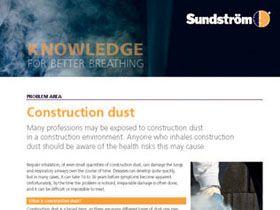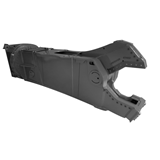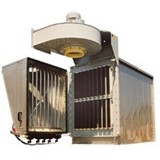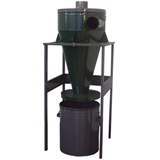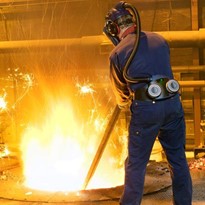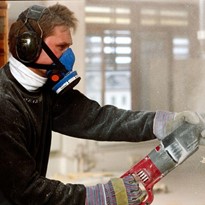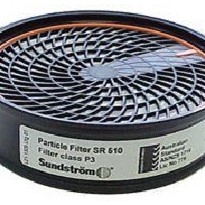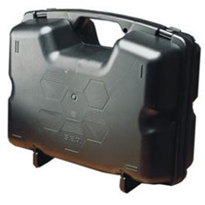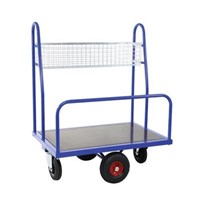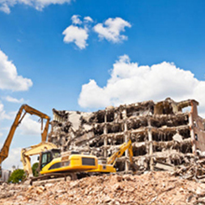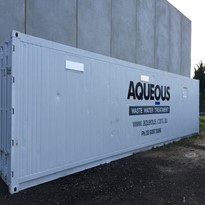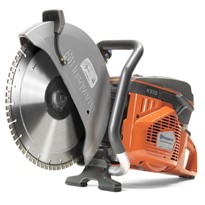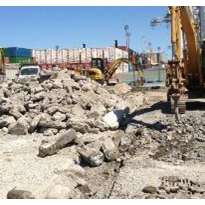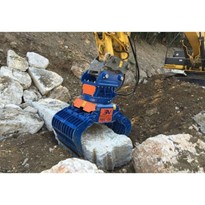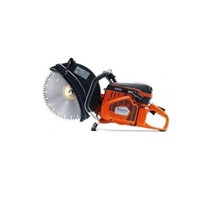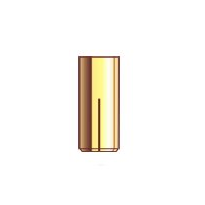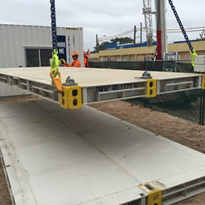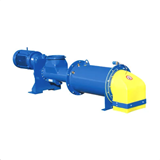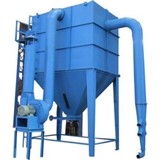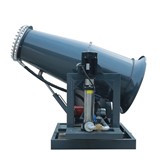Regular inhalation, of even small quantities of construction dust, can damage the lungs and respiratory airways over the course of time. Diseases can develop quite quickly, but in many cases, it can take 10 to 30 years before symptoms become apparent. Unfortunately, by the time the problem is noticed, irreparable damage is often done, and it can be difficult or impossible to treat.
What is construction dust?
Construction dust is a broad term, as there are many different types of dust one may be exposed to in a construction environment. The largest particles, which are visible, are captured by the body’s natural defences, and remain, in most cases in the nose, mouth and throat. The small particles, which are invisible to the human eye, are the most dangerous, and can cause scarring of the lungs and even enter the bloodstream.
Examples of construction dust:
- Silica dust arises during work with materials containing silica, such as concrete, mortar and sandstone.
- Wood dust arises during work with softwood, hardwood and wood-based materials such as MDF and plywood.
- Other types of dust arise during work with plaster, glass wool, mineral wool, marble, etc.
Health risks:
Lung damage such as silicosis, lung cancer, asthma or chronic obstructive pulmonary disease (COPD), and includes diseases such as chronic bronchitis and emphysema. Construction dust can also cause allergies.
Respiratory protection
When all other measures have been taken to reduce dangerous exposure levels, respiratory protection equipment is the last, but important, means of preventing hazardous air contamination entering the body via the airways.
The choice of respiratory protection depends, amongst other factors, on the type of dust present, its WEL (Workplace Exposure Limit), and the nature of the work, i.e. the degree of physical exertion and the length of exposure.
Facial hair, such as beards, moustaches and sideburns, reduce the level of protection offered by tight-fitting respirators, and create a need for Powered Air Respiratory Protection to ensure adequate levels of contaminant reduction. National regulations and requirements must be followed, as these may vary from country to country. Check carefully which regulations apply.
Sundström recommends
The filtering devices listed below for work in which silica dust (RCS) and general construction dust is present or likely to occur.
SHORTER DURATION
Lower work rate and dust concentrations. For users who are clean shaven.
- Half mask SR 100 or SR 900 with particle filter SR 510 P3 R
- SILICA DUST RESPIRATOR KIT – a complete respiratory protection kit
LONGER DURATION
Heavier workload and higher dust concentrations.
For users that are clean shaven and with facial hair, beard or sideburns.
- Fan unit SR 500 or SR 700 with particle filter SR 510 P3 R with ...
- SR 580 Helmet with visor, SR 570 face shield (with or without bump cap), Hood SR 530 or full face mask SR 200 depending on work situation.


